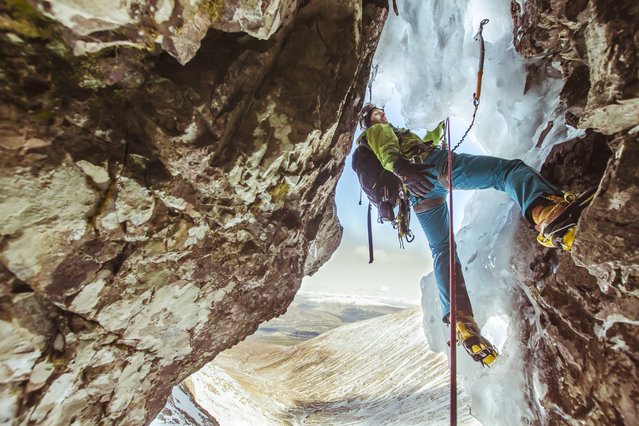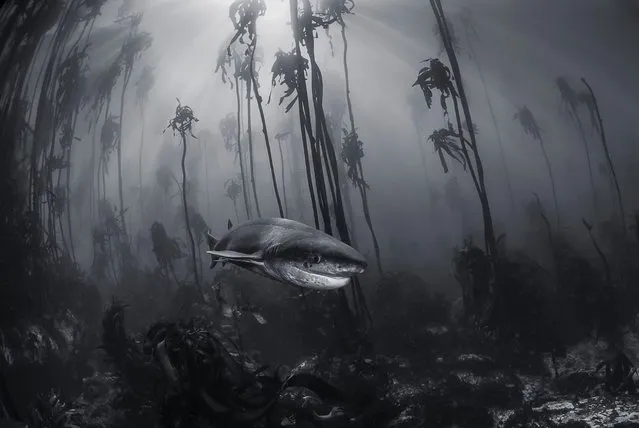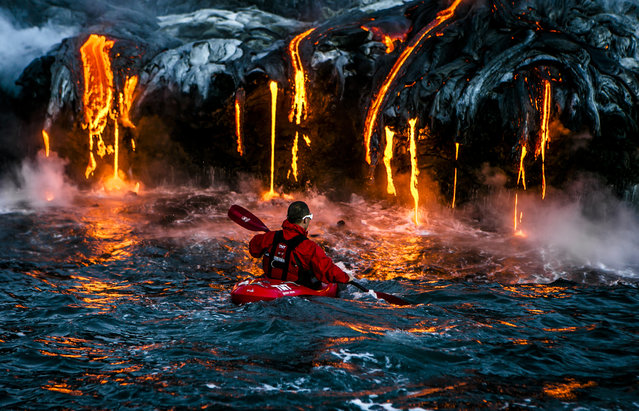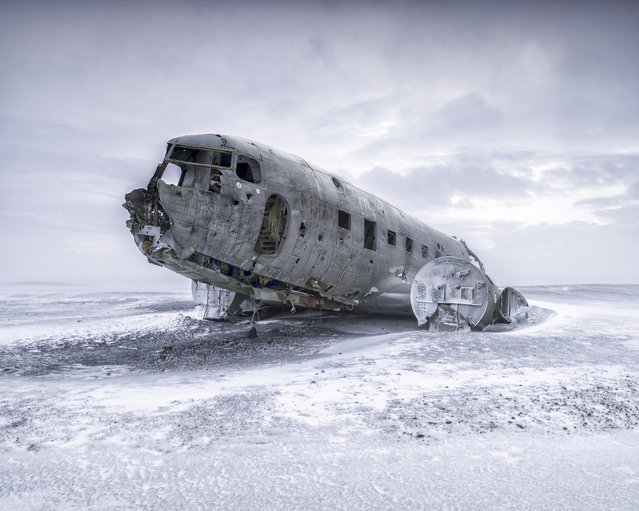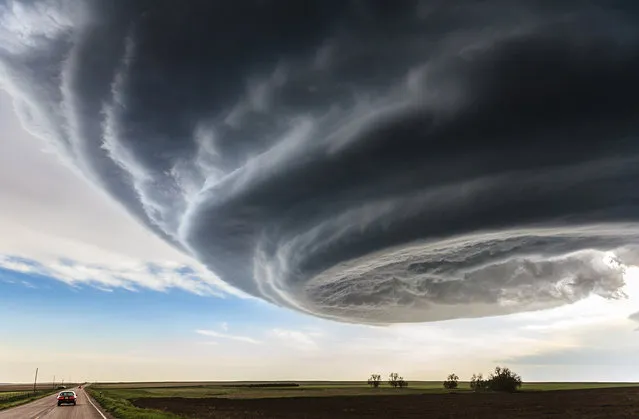
“Freedom”. After the 30 years banning import large motorcycle, in 2007, the Taiwan government reopened the import licensing of the motorcycle displacement over 550 cubic centimeter. Those large bikes, which were never seen before, were strange thought and treated unequally frequently. However, those adversity will not stop those enthusiastic bike riders from chasing the road of freedom. Photo location: Taiwan. (Photo and caption by 火花 羅/National Geographic Photo Contest)
14 Oct 2014 11:14:00,post received
0 comments


